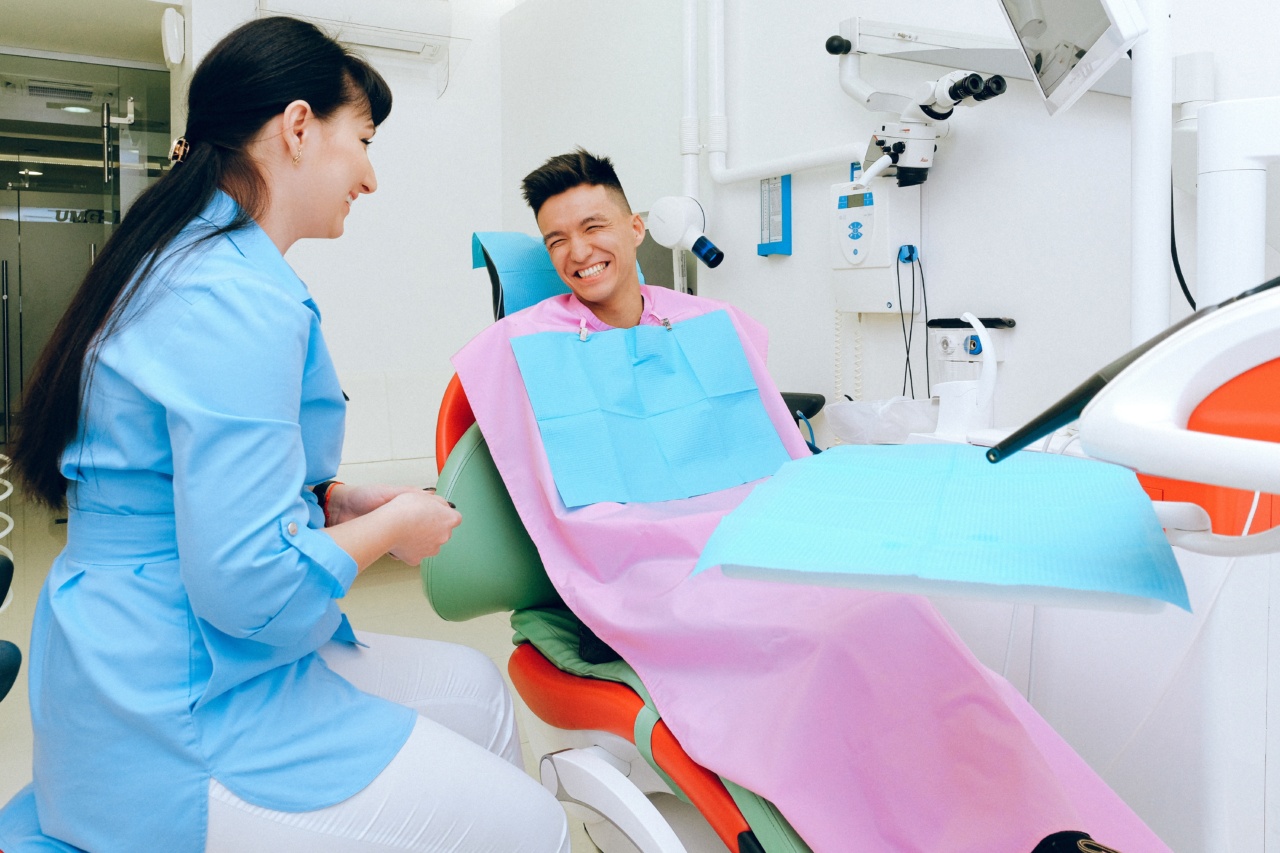Urinary tract infections (UTIs) are a common medical issue that can particularly affect women. These infections can cause discomfort, pain, and in severe cases, even lead to serious complications.
Fortunately, there are several preventive measures and treatment options available to help women manage and avoid UTIs. In this article, we will explore expert advice on preventing and treating UTIs in women.
Understanding UTIs
Before diving into prevention and treatment, it is important to understand what UTIs are and how they occur. UTIs are infections that affect any part of the urinary system, which includes the kidneys, bladder, ureters, and urethra.
The majority of UTIs are caused by bacteria, most commonly Escherichia coli (E. coli), which normally resides in the intestine.
In women, the short length of the urethra makes it easier for bacteria to reach the bladder, increasing the risk of UTIs. Sexual activity, pregnancy, menopause, and certain medical conditions can further contribute to the development of UTIs in women.
The symptoms of a UTI may include a frequent urge to urinate, a burning sensation during urination, cloudy or bloody urine, and pelvic pain.
Preventive Measures for UTIs
Preventing UTIs is crucial to avoiding the discomfort and potential complications associated with these infections. Here are some expert-recommended preventive measures:.
1. Stay Hydrated
Drinking an adequate amount of water helps flush out bacteria from the urinary tract. It is recommended to consume at least eight glasses of water a day.
2. Urinate Frequently
Avoid holding urine for extended periods as it can allow bacteria to multiply in the bladder. Urinating frequently helps flush out any potential bacteria before they have a chance to cause an infection.
3. Practice Good Hygiene
Proper hygiene plays a vital role in preventing UTIs. Always wipe from front to back after using the toilet to prevent bacteria from the anal area from spreading to the urethra.
4. Empty Bladder Before and After Intercourse
Urinating before and after sexual activity helps to flush out any bacteria that may have entered the urethra during intercourse.
5. Avoid Irritating Feminine Products
Some feminine products, such as douches and powders, can disrupt the natural balance of bacteria in the vagina and increase the risk of UTIs. It is best to avoid using such products.
6. Wear Breathable Underwear
Wearing breathable cotton underwear allows air to circulate, reducing moisture and preventing the growth of bacteria. Avoid tight-fitting or synthetic materials that can trap moisture.
7. Take Probiotics
Probiotics, either in the form of supplements or probiotic-rich foods like yogurt, can help promote a healthy balance of bacteria in the urinary tract and prevent UTIs.
Treatment Options for UTIs
If a UTI does occur, prompt treatment is essential to prevent the infection from spreading and causing complications. The most common treatment for UTIs in women is a course of antibiotics prescribed by a healthcare professional.
The specific antibiotic and duration of treatment may vary depending on the severity of the infection.
Along with antibiotics, there are additional measures that can be taken to alleviate symptoms and aid in recovery:.
1. Pain Relievers
Over-the-counter pain relievers such as ibuprofen can help alleviate the pain and discomfort associated with UTIs. However, it is important to consult a healthcare professional before taking any medication.
2. Increased Fluid Intake
Drinking plenty of water can help dilute urine and flush out bacteria from the urinary tract. It is recommended to drink at least 2-3 liters of water per day during a UTI.
3. Heating Pads
Applying a heating pad or hot water bottle to the lower abdomen can provide relief from pelvic discomfort and soothe muscle cramps associated with UTIs.
4. Avoid Irritants
During a UTI, it is advisable to avoid consuming irritants such as caffeine, alcohol, and spicy foods, as these can potentially aggravate the bladder and worsen symptoms.
When to Seek Medical Attention
While most uncomplicated UTIs can be effectively treated at home, certain situations warrant immediate medical attention. It is important to seek prompt medical care if:.
1. Symptoms Worsen or Persist
If symptoms do not improve within a few days of starting antibiotic treatment or if they worsen, it is crucial to consult a healthcare professional for further evaluation and potential adjustment of the treatment plan.
2. Recurrent Infections
If a woman experiences recurrent UTIs (defined as three or more infections within a year), it is advisable to consult a healthcare professional to investigate underlying causes and develop a preventive strategy.
3. Complications Arise
In some cases, UTIs can lead to complications such as kidney infections. If a woman experiences severe symptoms, such as high fever, flank pain, or persistent vomiting, it is important to seek immediate medical attention.
Conclusion
UTIs are common and can significantly impact the quality of life for women. However, by following preventive measures and seeking timely treatment, it is possible to manage and alleviate the symptoms of UTIs.
It is essential for women to prioritize their urinary health and consult healthcare professionals for expert advice specific to their individual situations.






























